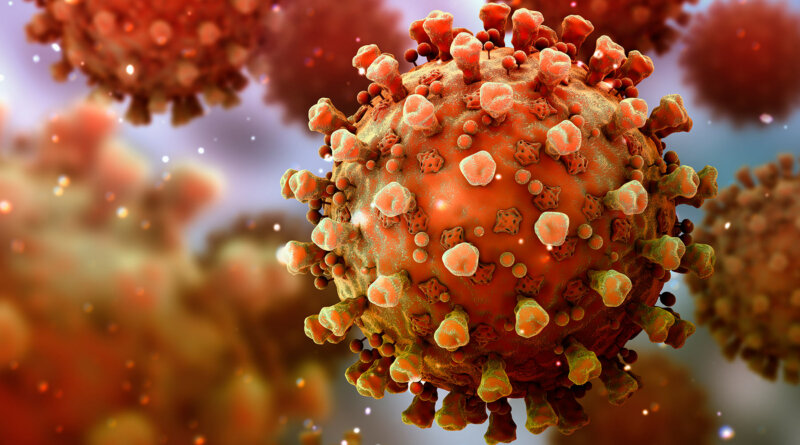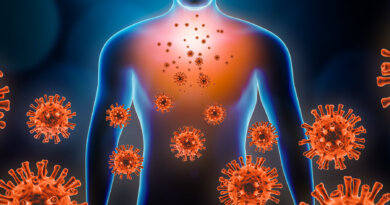For Some, ‘COVID Toes,’ Rashes Can Last for Months
Papulosquamous eruptions, which are scaly spots on the skin, lasted a median of 20 days, with one case lasting 70 days, the findings showed.
Dr. Michele Green is a dermatologist at Lenox Hill Hospital in New York City. She said, “These extended skin manifestations are a result of the body’s intense inflammatory reaction to COVID-19.”
The skin is the body’s largest organ and has a crucial role in regulating body temperature, sensation and immune defense, she pointed out.
“It is not surprising to me that such a toxic virus, which unleashes so many cytokines in the body, has a profound reaction and expression on the skin,” Green added.
Besides the visible signs on skin, COVID toes can also be painful, according to Freeman. Usually, the discoloration lasts a long while, but the pain and discomfort last about a week.
“Most of my patients that I’ve taken care of have reported that they’re in discomfort from toe swelling and toe pain, usually for about a week, even if the lesions themselves might last for several weeks,” Freeman said. “My patients have said it’s uncomfortable enough that they can’t wear shoes.”
For most patients, the condition goes away by itself. But for a small number, it lingers.
“Unfortunately, several of our patients that are in this long-lasting group have experienced prolonged discomfort, so some of our patients have actually been in pain or discomfort in their feet for the entire time that they’ve had it. These long haulers,” Freeman said.
Treatment is a challenge, she added, and no protocol exists. “We’re working on that,” Freeman said. “I think all of my patients would like the answer to that.”
She fears some patients will have long-lasting effects from COVID-19.
“There’s certainly a risk that some of our patients may have continued skin issues from COVID-19, and our job is to figure out why this is happening and try to figure out how to treat them,” she said.
The study findings were presented Thursday at an online meeting of the Congress of the European Academy of Dermatology and Venereology. Research presented at meetings is typically considered preliminary until published in a peer-reviewed journal.




